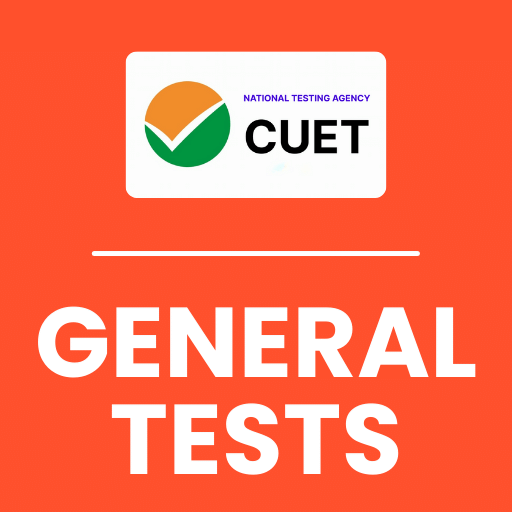Worksheet: Rotation and Revolution | Footprints Class 6: Book Solutions, Notes & Worksheets PDF Download
Q1: Multiple Choice Questions (MCQs)
(i) The movement of the Earth on its axis is known as:
(a) Revolution
(b) Rotation
(c) Equinox
(ii) The Earth's axis is inclined at an angle of:
(a) 66 1/2° to its orbital plane
(b) 23 1/2° to its orbital plane
(c) 90° to its orbital plane
(iii) The circular line that separates night from day is called the:
(a) Circle of Illumination
(b) Earth's axis
(c) Great Circle
(iv) The distance between the Earth and the Sun is minimum when:
(a) The Earth is at aphelion
(b) The Earth is at perihelion
(c) The Earth is at solstice
(v) The Sun's rays fall directly on the Tropic of Cancer during:
(a) Winter Solstice
(b) Summer Solstice
(c) Vernal Equinox
Q2: True/False
(i) A leap year has 366 days.
(ii) The Earth takes 23.5 hours to complete one rotation.
(iii) The Earth moves around the Sun in a circular orbit.
(iv) The spring equinox is also known as the vernal equinox.
(v) When the Earth, on its orbit, is at its farthest distance from the Sun, it is called aphelion.
Q3: Match the Column
Match the items in Column A with their corresponding descriptions in Column B:
 |
Download the notes
Worksheet: Rotation and Revolution
|
Download as PDF |
Q4: Fill in the Blanks
(i) The Earth's axis is inclined at an angle of ______ to its orbital plane.
(ii) The longest day in the Northern Hemisphere occurs on ______.
(iii) The Earth completes one revolution around the Sun in ______ days and ______ hours.
(iv) During the summer solstice, the region between the Arctic Circle and North Pole receives sunlight for ______.
(v) The equinox where days and nights are equal in length is called the ______ equinox.
You can access the solutions to this worksheet here.
|
65 videos|125 docs|25 tests
|
FAQs on Worksheet: Rotation and Revolution - Footprints Class 6: Book Solutions, Notes & Worksheets
| 1. What is the difference between rotation and revolution? |  |
| 2. How long does it take for the Earth to complete one rotation? |  |
| 3. How long does it take for the Earth to revolve around the Sun? |  |
| 4. What effects do rotation and revolution have on Earth? |  |
| 5. Why do we have leap years? |  |



























